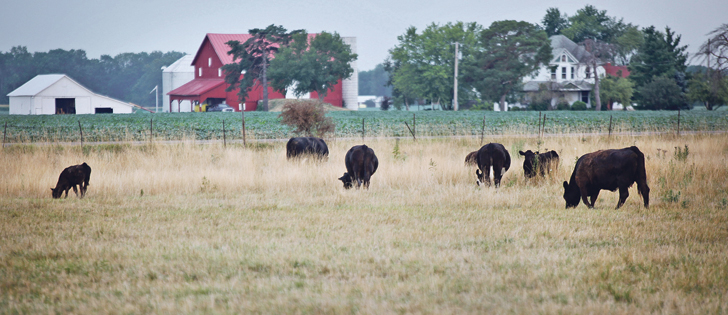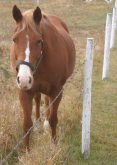NASHVILLE, Tenn. — The U.S. cattle herd has grown to 93.6 million head, but in many regions that expansion actually replaces animals that were culled because of catastrophic drought.
“In the last three years we have expanded rather rapidly,” said Kevin Good, an analyst with Cattlefax who spoke at the recent National Cattlemen’s Beef Association convention in Nashville.
“We would suggest this year we will expand the beef cow herd by an additional 400,000 head. That number might be a little low.”
Most of the restocking has occurred in Texas, Kansas, Oklahoma, Missouri, Nebraska and Colorado, where the drought was worst.
Read Also

Beef check-off collection system aligns across the country
A single and aligned check-off collection system based on where producers live makes the system equal said Chad Ross, Saskatchewan Cattle Association chair.
Slaughter numbers are up now that more cattle are available, and the result is near record tonnage of beef.
More Holsteins ended up on feed when the supply of beef cattle was tight. Twenty percent of the meat came from dairy breeds, but that is shrinking as more beef animals come on stream.
“When we had tight supplies of feeder cattle and calves, we dug into that calf supply on the dairy side to fill more feedlot bunks,” Good said.
The average finished steer has changed in size, becoming larger so that although the number of cattle slaughtered is smaller than it was more than a decade ago, beef production has not declined.
The United States slaughtered 23 million head in 2013, down from 30 million in 2000.
Carcasses are heavier, and the quality is higher. Seventy-five percent graded USDA Choice or Prime, although yield grades declined.
Carcass weights should come down a few pounds this year. Feedlots are making money, so they are shipping the cattle in a more timely fashion to remain current.
“We are seeing a lot of grids and formulas rewritten,” Good said.
“There is bigger discount on big carcasses, so that being a component, look for carcass weights to go down in the next couple years.”
Another challenge faces the packing sector. In the last decade, the total packing capacity dropped by 100,000 head per week in response to a smaller herd. Now more space is needed.
The average U.S. daily kill has increased to 93,500 from 92,000 last year and is expected to grow to 95,000 head by the second half of the year.
“With a 40 hour week, we can’t cover our supply of cattle,” he said.
More plants have opened on Saturdays to put more cattle through.
The extra meat has to find new consumers. Exports had lagged but recovered last year. The U.S. will be a net beef exporter by 2018 with one out of every three pounds of meat production exported.
Exports add more than $300 extra per head.
Live cattle prices should be respectable but nowhere close to the records paid a few years ago.
Fed cattle prices are expected to be $98 to $124 per hundredweight with an average of $110.
Steers in the 750 pound category will be $120 to $140 per cwt. to average $130. Calves weighing 550 lb. should range from $135-$165 per cwt. and average $150. Utility cows will be $55-$75 per cwt. and average $65 per cwt.
Bred cows are usually worth about 1.5 times the steer calf value so should sell around $1, 240-$1,360.
However, bids could be higher as expansion continues.
Cattlefax tracks break-evens for the sector to assess profitability.
There is a wide range in break-evens between high return and low return producers, said Randy Blach, chief executive officer of Cattlefax.
The average break-even across the industry is $140 per cwt. The low return producer may need $180 to break even while a high return operation needs $100 per cwt.


















